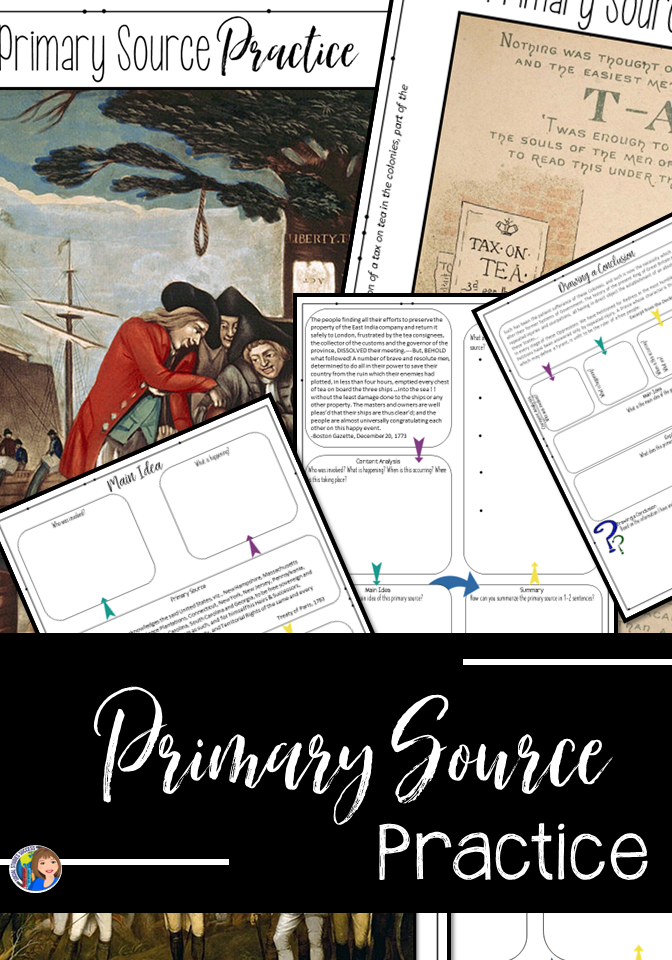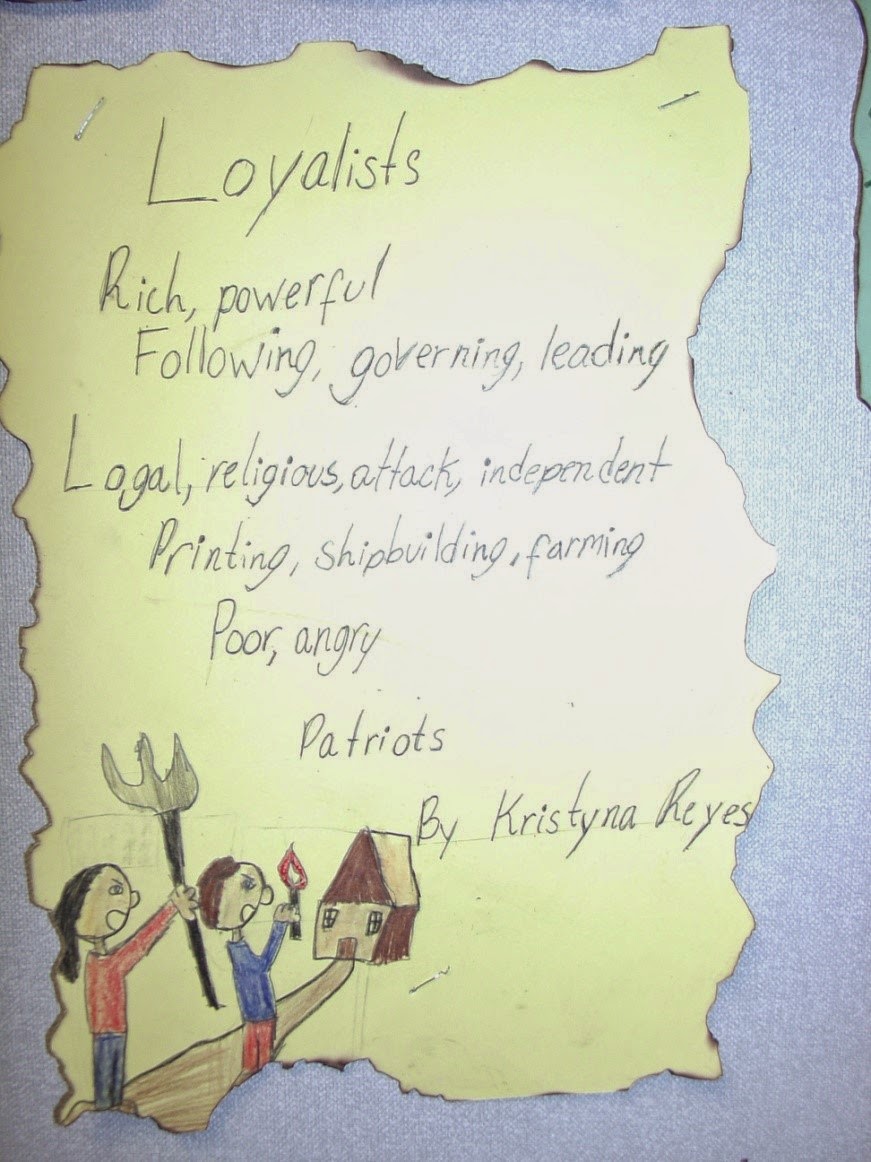Active review games are essential to student success! There are so many different ways to play review games in your class – but to make the most of your time, follow a few guidelines – Does the review activity include all children at all times? For example, the popular “Trashketball”. If only 1 are 2 students are playing the game, are the other students still engaged? A better game is one that everyone can participate in the same time. Small group games hit this target well. “Kaboom” is a simple group game to implement. Take a set of task cards and these free Kaboom templates. Students discuss and answer questions while they compete for points against their friends.

Does the game include critical thinking questions? Are there multiple opportunities for students to think about the content in different ways? Some games miss this target. For example, I played Bingo for years – but all the students needed to do was remember a simple definition. While that is helpful for some assessments, it will not provide critical thinking practice for your students. One simple way to incorporate critical thinking is through the questions you ask. For example, if you are playing the New Republic Sorting Game – the first level of the game is memorization, Who did what? But as the game continues, you can ask cause and effect questions, categorization questions, impact questions and even make connections to events today.

Is the game social? Learning is a social event. If your review is social and allows your students to talk to one another, they will actually continue to learn while they are reviewing. This is especially true if you teach middle school – your students WANT TO TALK! Provide opportunities for them to talk about history! One of my current favorite games for this is Heroes of History. Students play this game in small groups while they talk about the different ways people contribute to American History.

Does the game have an element of competition? Points, fake or real, can engage students. If you are using small groups to review, it will allow your weaker students to also have an opportunity to shine. Word Wall Connection Cards are an example of this – kids compete against each other to review key vocabulary concepts. The points are fake, but the engagement is real!

Is it new or different? Novelty is important for students – they are Kahooted out! If every teacher is doing the same type of review and they have seen the game multiple times, the game loses its effectiveness. One example of novelty is to bring in a different element. I use toys from the Dollar Store to add novelty to review games. By adding toy soldiers, you can turn task cards into “War”, by using wooden blocks, you can create “Logic Boxes”. Simple solutions can entice jaded teenagers.

Does the game help students make connections? History is packed with content! A great review game will also help your students make connections over time. Sequencing games are my favorite ways to help students make connections – sequencing events, and then the critical thinking questions you ask, help students solidify different pieces of information. The Events Leading to the American Revolution is an example of how you can do a simple sequencing game. If you are reviewing for an entire year, you might want to use the Eras of US History Another content connection game is dominos. Students make connections between people, events and vocabulary terms. If you want to review for an entire year of content, you can easily use a domino game as well.

Can you add a challenge element to your game? Escape rooms are great opportunities for students to solve challenges while they are still reviewing. Students love solving puzzles! You can make a teacher directed challenge like my Constitution Escape Room or a student driven escape room like the End of the Year STAAR Review Escape Room. Adding blacklights and lock boxes enhance the experience for your students.
How can you add a history twist to the ordinary? Take games students have played for years and freshen them up with historical content. Students know how to play memory – now have them play with the Bill of Rights. Students love spoons – play this popular game with the Reconstruction Era. Looping cards are easy, but can they connect people and events in the American Revolution Game?
I hope you enjoy all of these different ideas for review games – and I wish you and your students continued success in Social Studies!










